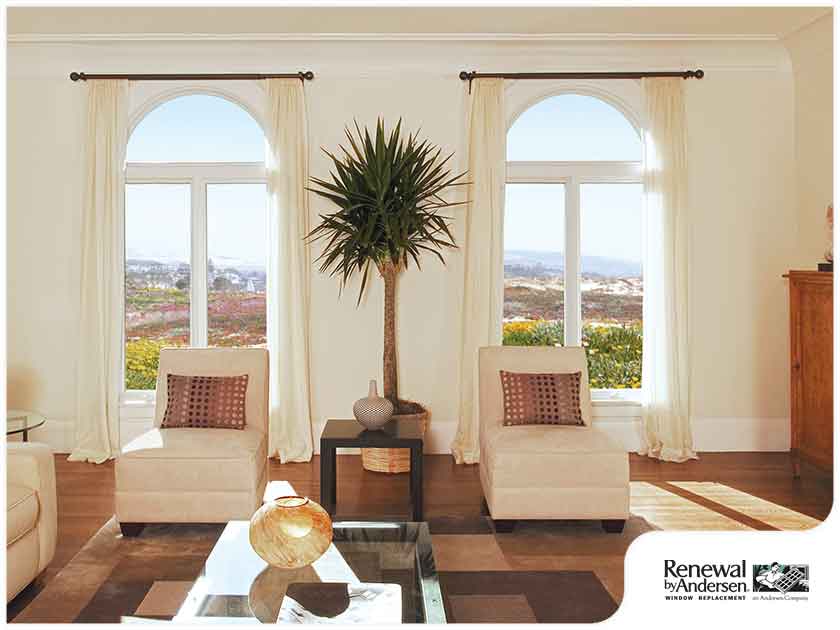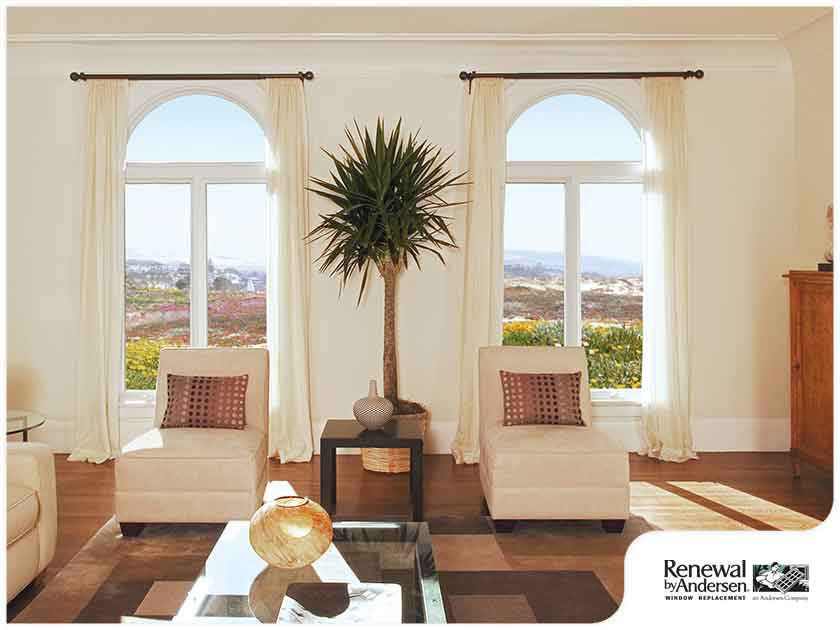MENU


Passive solar design is a concept that takes advantage of a building’s location, climate and materials to reduce energy consumption. It applies energy-efficient strategies that harness solar energy to minimize heating and cooling loads. This includes the use of south-facing windows.

Proper window orientation is one of the most critical elements of passive solar design. To achieve this, the windows as well as other fixtures that collect solar energy should face true south within 30 degrees. They shouldn’t be shaded during the colder months by foliage and other structures between 9:00 a.m. to 3:00 p.m. daily. In spring, summer and fall, the windows must be shaded to prevent the indoors from overheating.
If you are planning a window replacement project, make sure you follow the recommendations from the U.S. Department of Energy. For windows on the south-facing side of your house, choose those with at least two glass panes. Check the National Fenestration Rating Council® (NFRC) label, and see if the window glass has a solar heat gain coefficient (SHGC) rating of at least 0.6 and a U-factor rating of no more than 0.35. It should also have a high visible light transmittance rating so the window can bring in as much sunlight as possible.
Aside from windows, there are other important elements to incorporate into your home’s passive solar design. Building materials like concrete, brick, stone and tile make up the home’s thermal mass. They absorb the sun’s heat during the colder months and absorb heat from the warm indoor air during the hotter months. Equipping the walls and floors of your home with any of these materials helps in harnessing solar energy without the use of mechanical devices.
Renewal by Andersen® of San Francisco is the top contractor for your windows replacement needs. Give us a call at (866) 609-5033, or fill out our contact form to schedule a consultation. We serve homeowners in San Francisco and the surrounding communities.